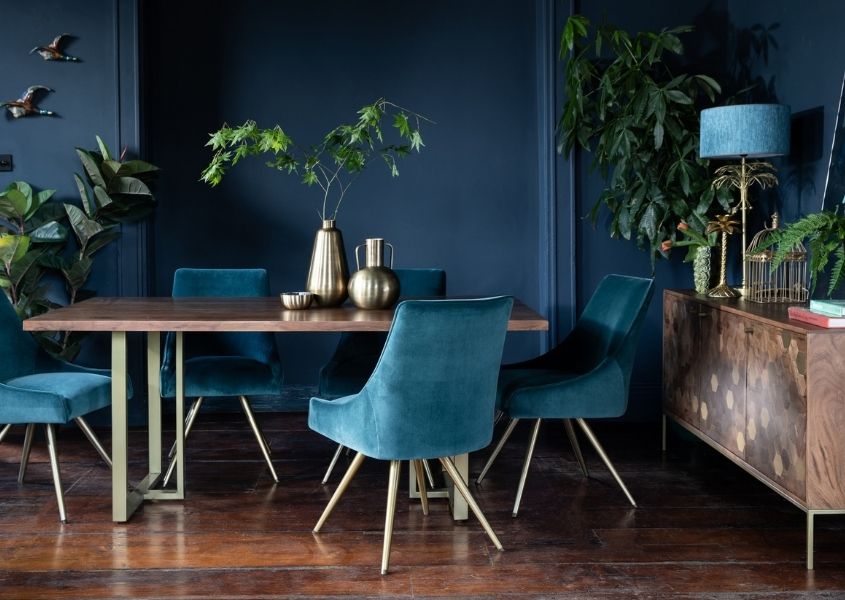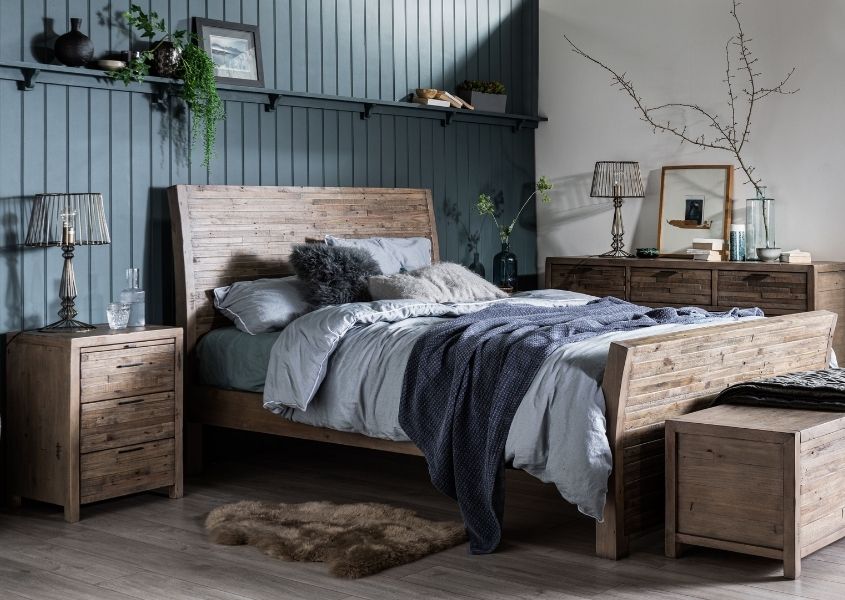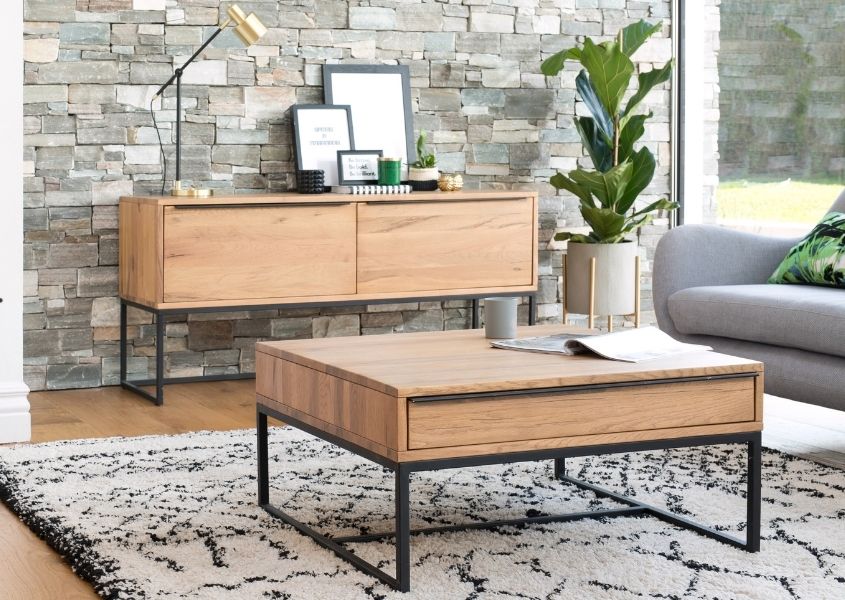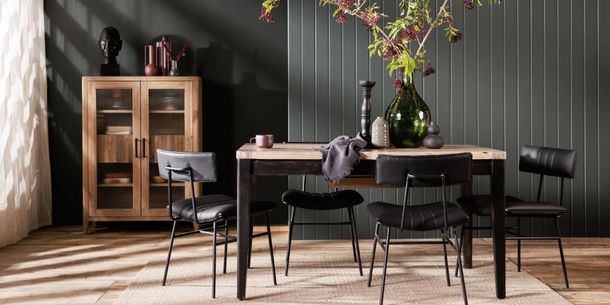
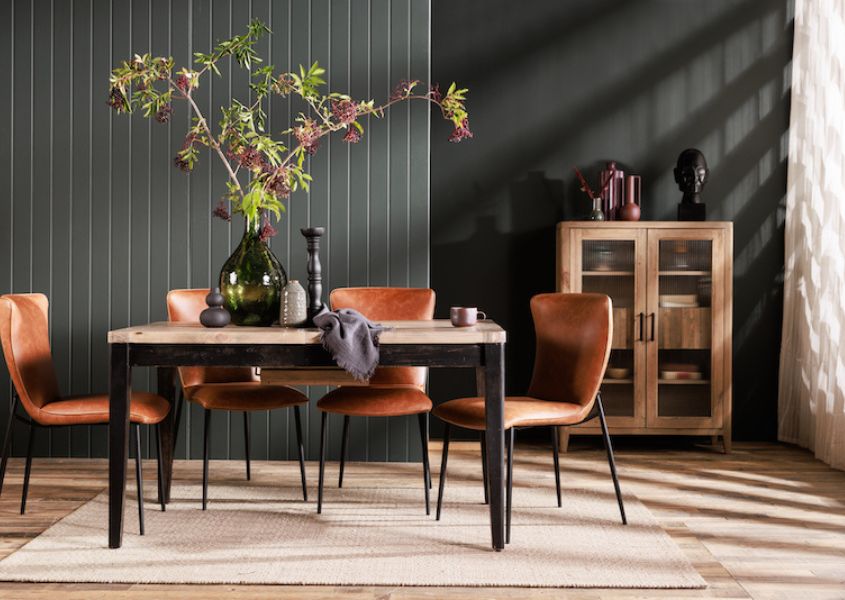
Inspired by the uber-cool Soho neighbourhood in downtown New York City, Soho Style is a type of interior design that is popular in homes all around the world. More sleek and polished than the industrial loft-style interiors you might think of when you picture loft-style living, Soho Style still features reclaimed and rustic elements, but with a contemporary finish and shape that is smooth and less textured. With a focus on neutral colours, natural materials and an emphasis on natural light it is an altogether more refined type of style. If you’re looking to add the Soho Style to your home furniture, here are some tips to get you started.
1. Start with a Neutral Palette
The Soho Style is all about simplicity, so start by choosing a neutral colour scheme for your walls. Shades of white, beige, grey, dark brown and black are popular choices as they create a calming and relaxing atmosphere that is perfect for this type of interior design. Beige is a warm and inviting color that provides a soft contrast to the rustic elements typically found in the Soho Style, whilst if you want to add some drama and contrast, consider using charcoal or black accents. Used sparingly in rustic furniture, accessories, or even on an accent wall it can bring depth and interest to a room.
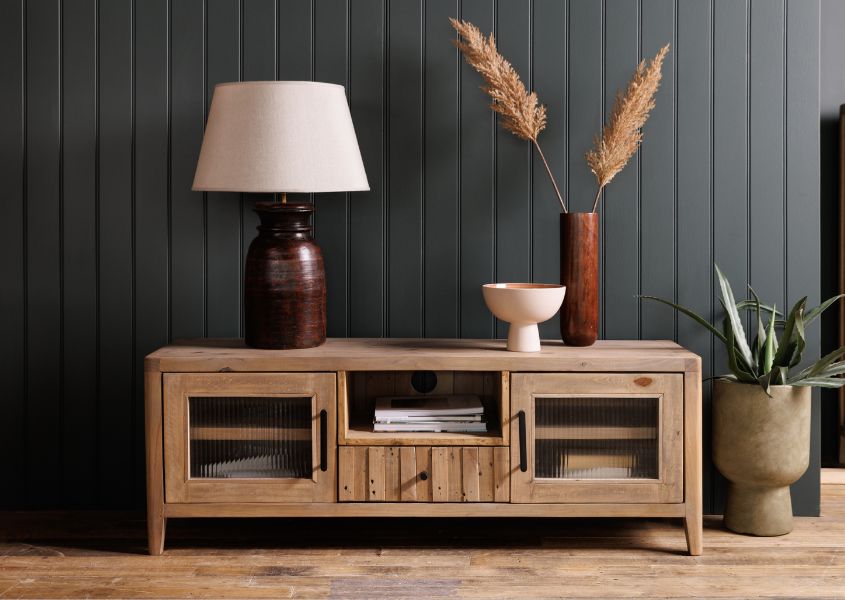
2. Mix Reclaimed and Modern Elements
Mixing reclaimed and modern elements is a hallmark of the Soho Style. Incorporating rustic furniture, such as a reclaimed wood dining table or rustic sideboard, can add character and depth to your space. Pairing home furniture with modern accents, like a sleek sofa or contemporary lighting fixtures, creates a beautiful balance between old and new.
3. Use Natural Materials
The Soho Style is all about simplicity and natural materials, such as reclaimed wood, metal, and leather or faux leather, are often used to achieve this look. Consider adding natural elements to your home furniture, such as a jute rug or a wooden coffee table, which can add warmth and texture to your space. This creates a comfortable and inviting atmosphere that is perfect for relaxing and unwinding.
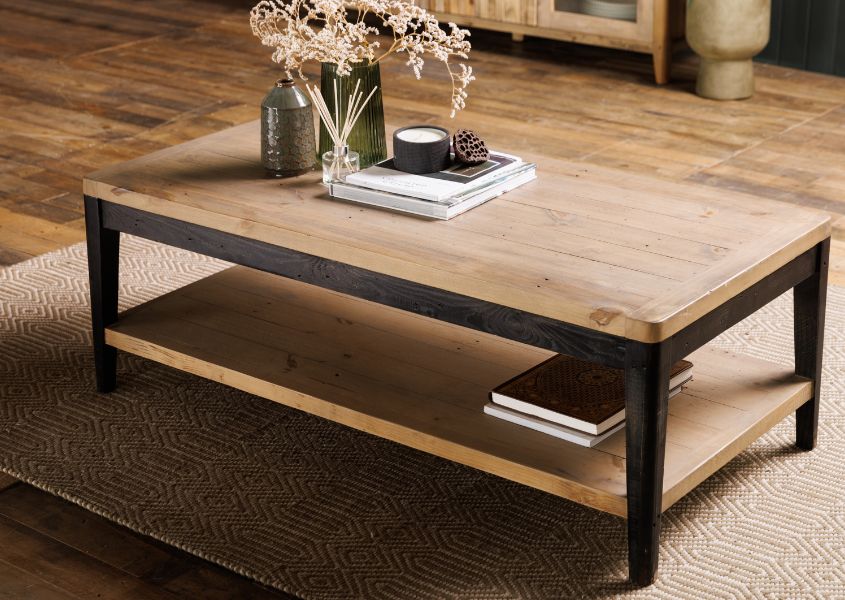
4. Keep it Simple
When it comes to the Soho Style, less is often more. Keep your decor simple and avoid clutter. Opt for a few statement pieces of reclaimed furniture rather than a collection of small items of home furniture. This creates a clean and uncluttered look that is perfect for this type of interior design. The best way to achieve this is with stylish storage furniture, such as a large wooden sideboard or display unit – here, you can bring an eye-catching addition to the room, whilst also having somewhere to store plates, books or clutter that would usually end up in a pile on the surface.
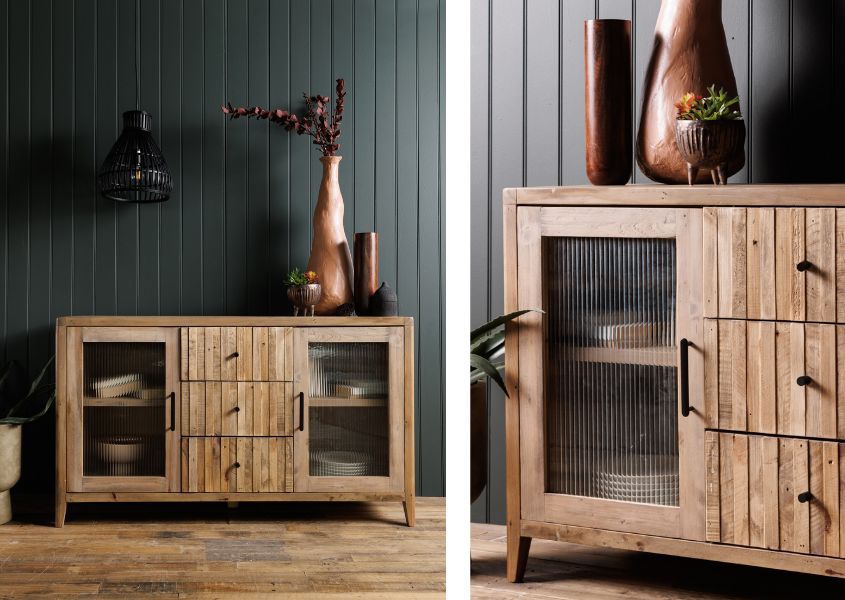
5. Focus on Natural Light
One of the key elements of the Soho Style is natural light. You may not be blessed with large windows, skylights or glass doors, but if you can, bring in as much natural light as possible. This creates a bright and airy atmosphere that is perfect for this type of interior design. If natural light isn’t in abundance, use clever lighting to create a brighter interior. A table lamp will brighten a dark corner, whilst a cluster of hanging pendant lights will not only instantly lighten the room, but add an interesting design feature and draw the eyes up towards the light.
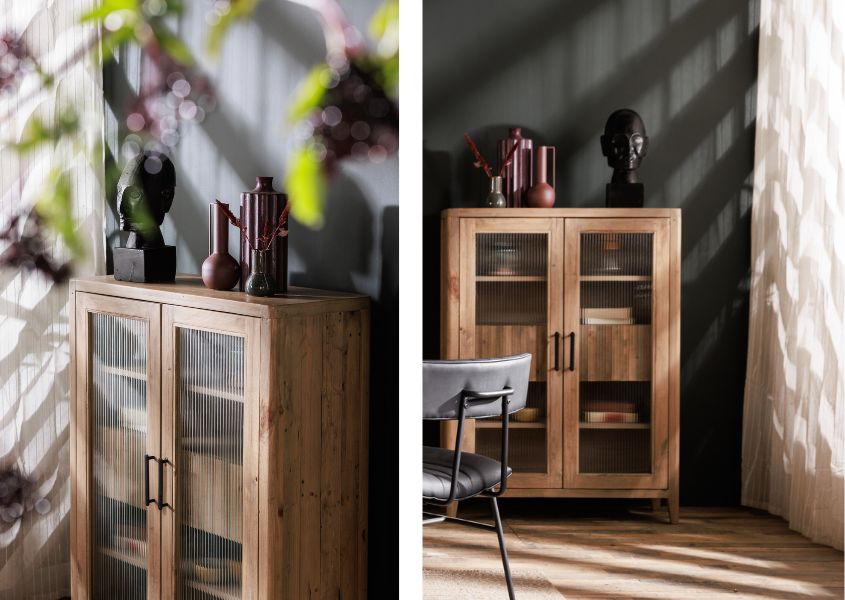
6. Add Texture and Layers
Adding texture and layers to your space can help create a cosy and inviting atmosphere and is essential to ensuring your space feels like home. Adding cushions, blankets and rugs can add layers of depth and interest to your space, whilst also enabling you to bring in some of your own personality and style. Mixing different textures, such as a fabric sofa with a leather accent chair or reclaimed furniture with dark grey metal hardware, can create a beautiful contrast that keeps your space fresh, modern and appealing.
In summary, the Soho Style is all about simplicity, natural light and a mix of reclaimed and modern elements. By following these simple tips, you can create a beautiful and inviting space that is perfect for relaxing and unwinding. Remember to keep it simple, focus on natural materials, and let natural light do the work.
Or check out our new Soho Reclaimed Wood collection and discover a beautiful range of dining and living room furniture with a cool Soho Style vibe.
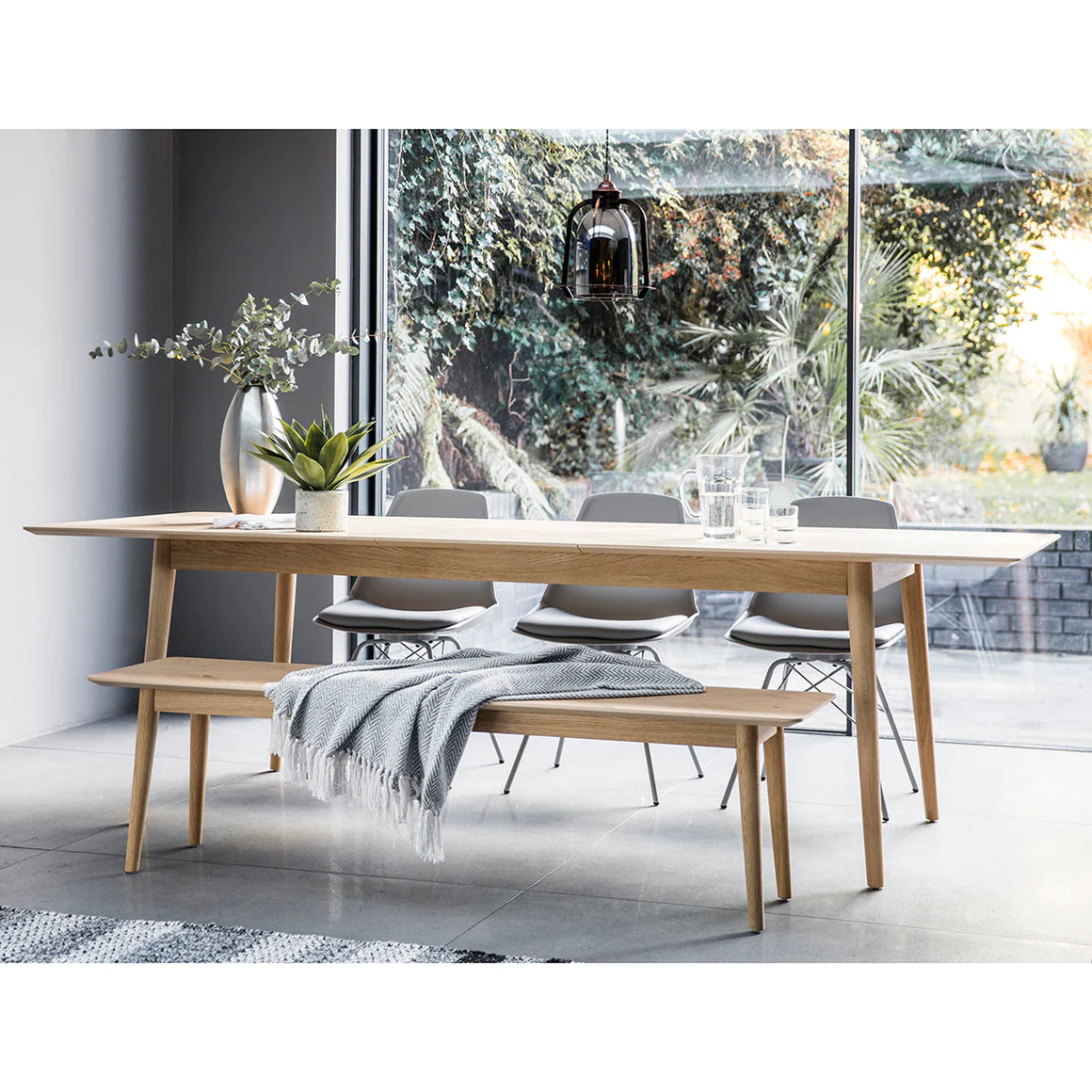
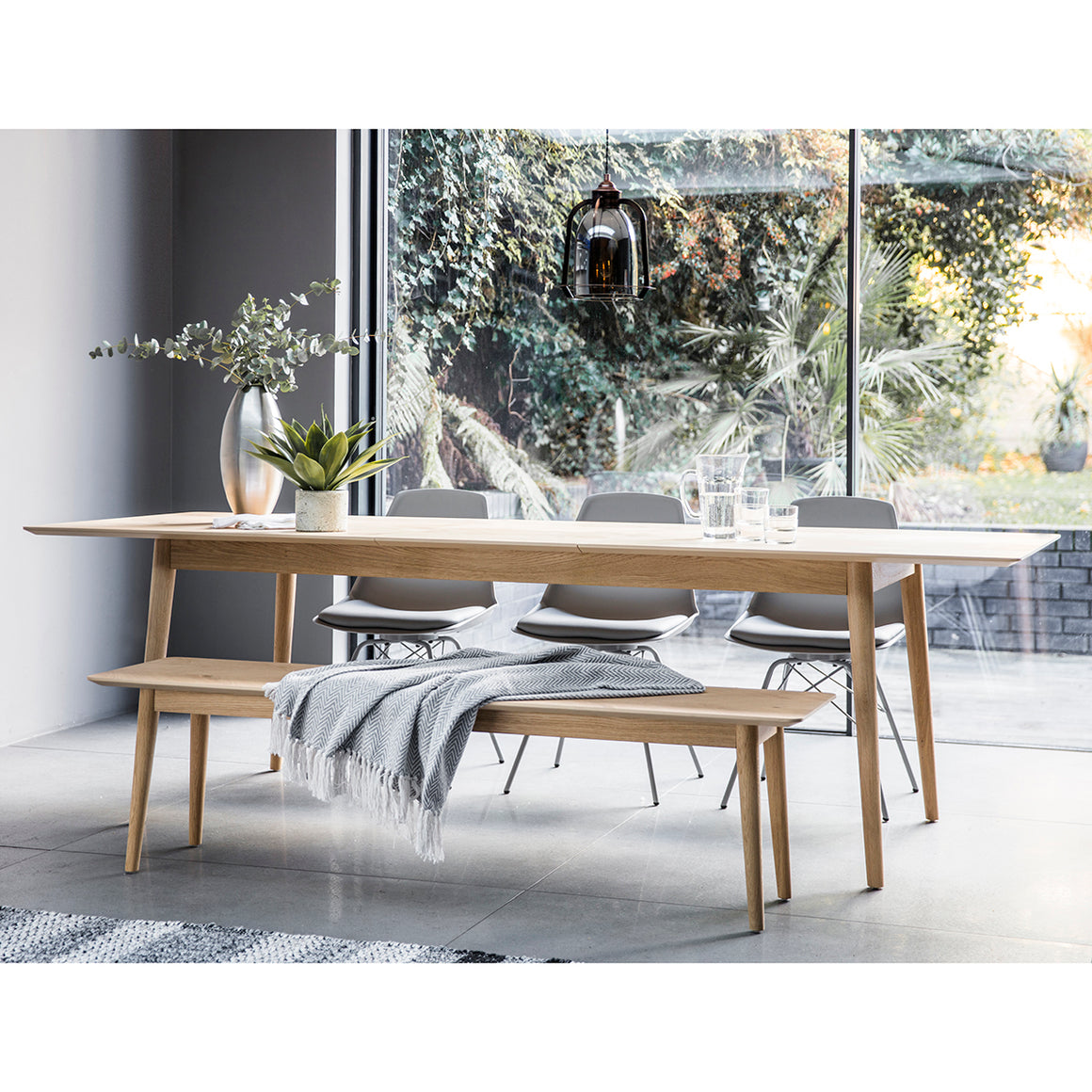
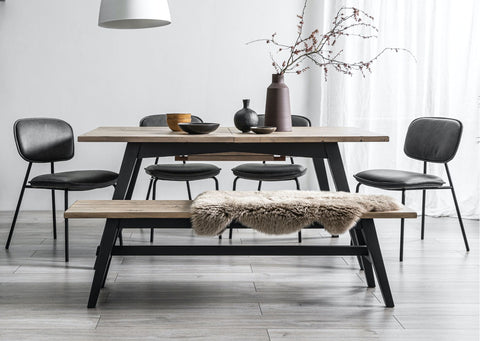
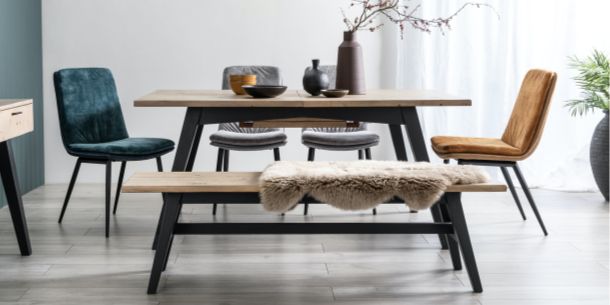
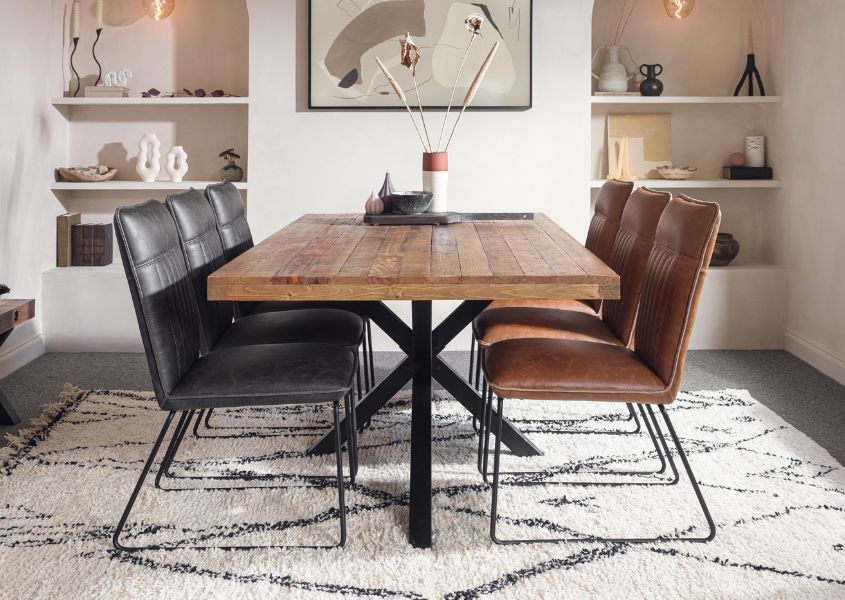
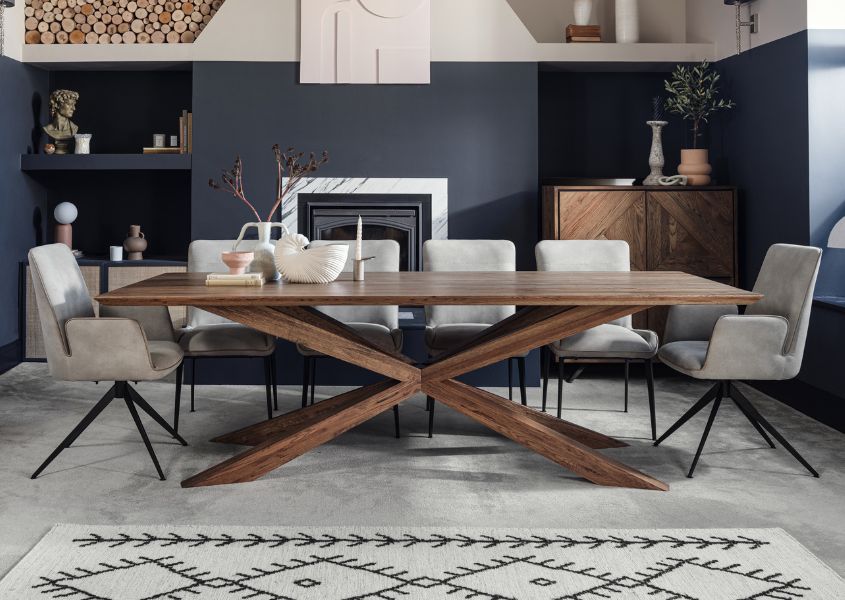
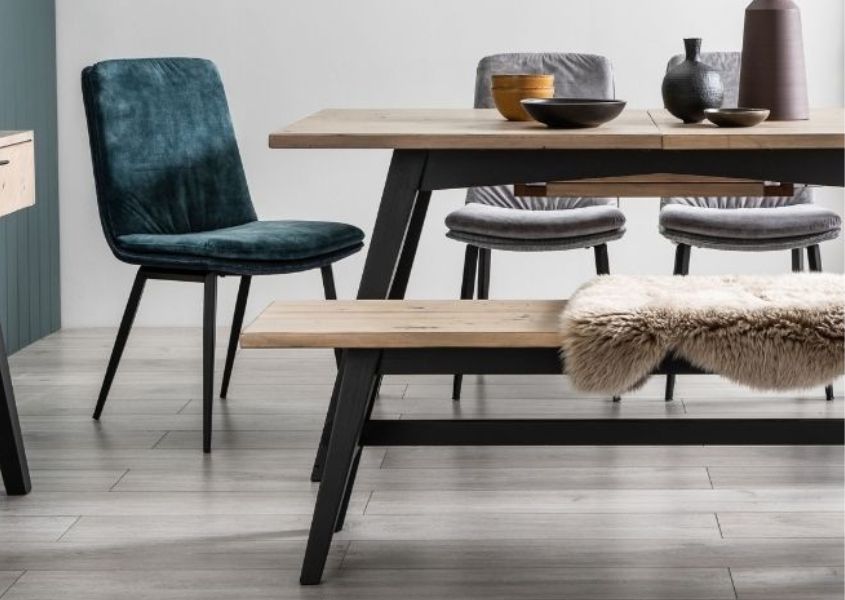
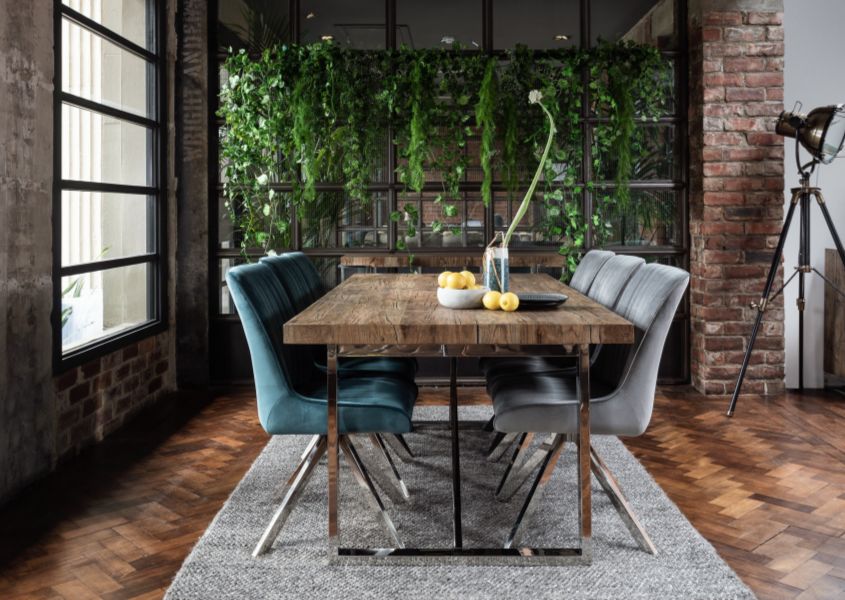
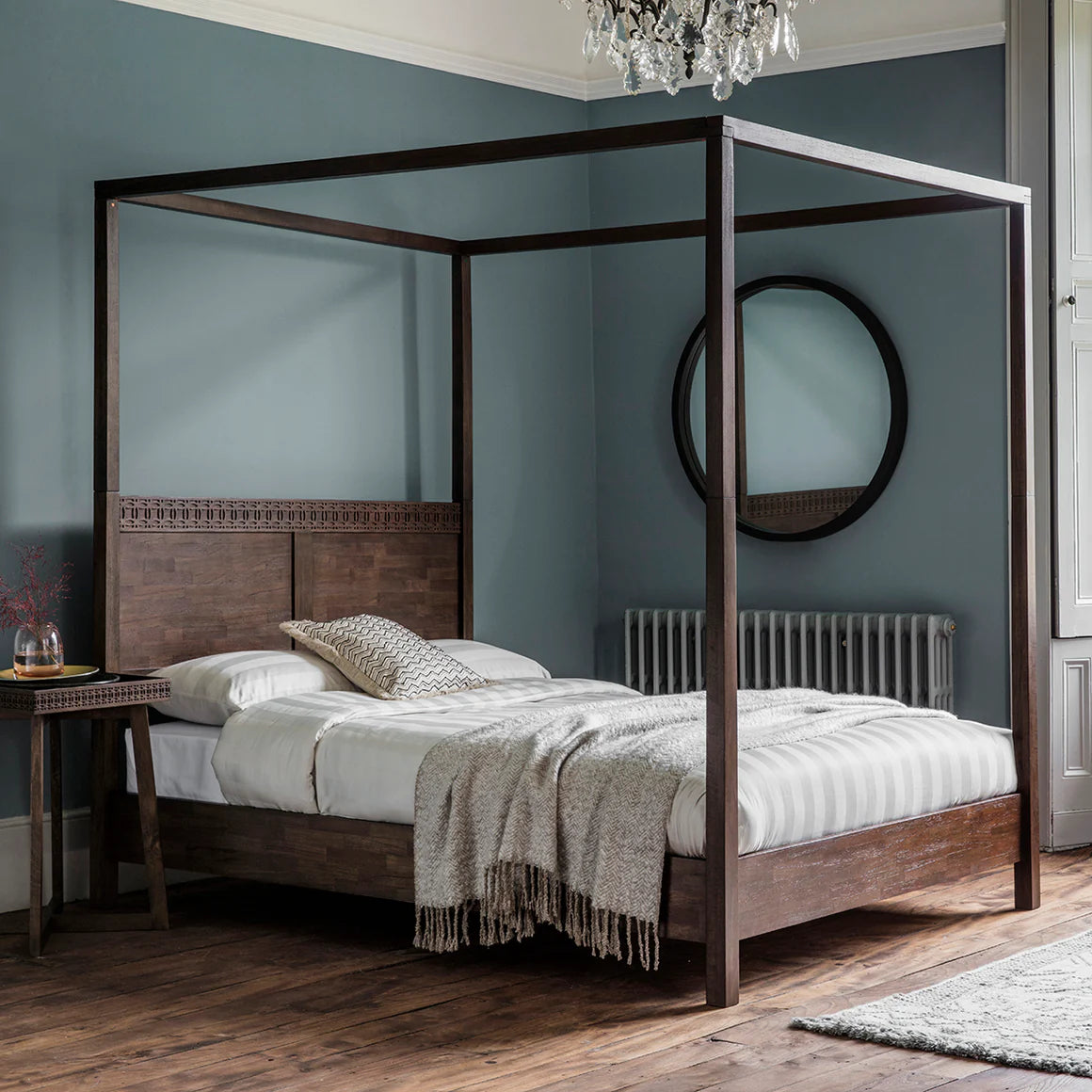
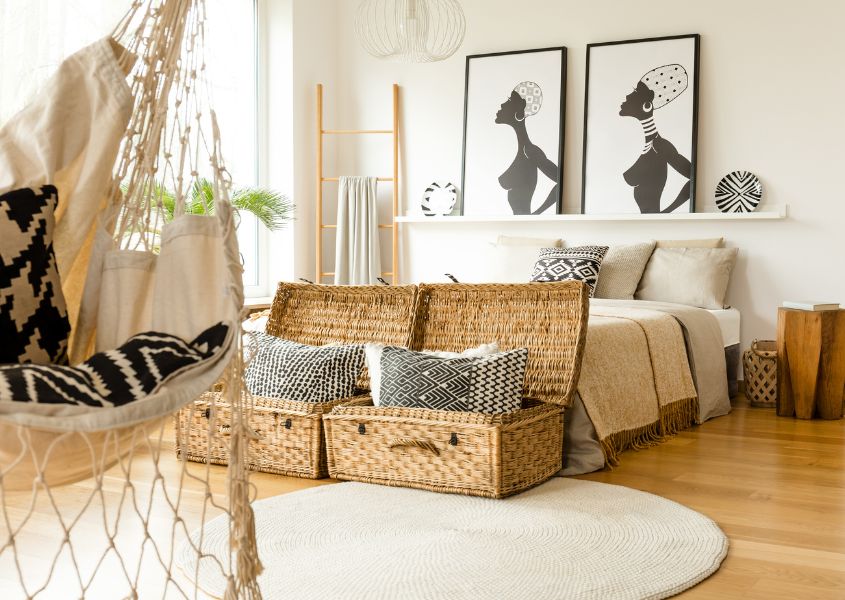
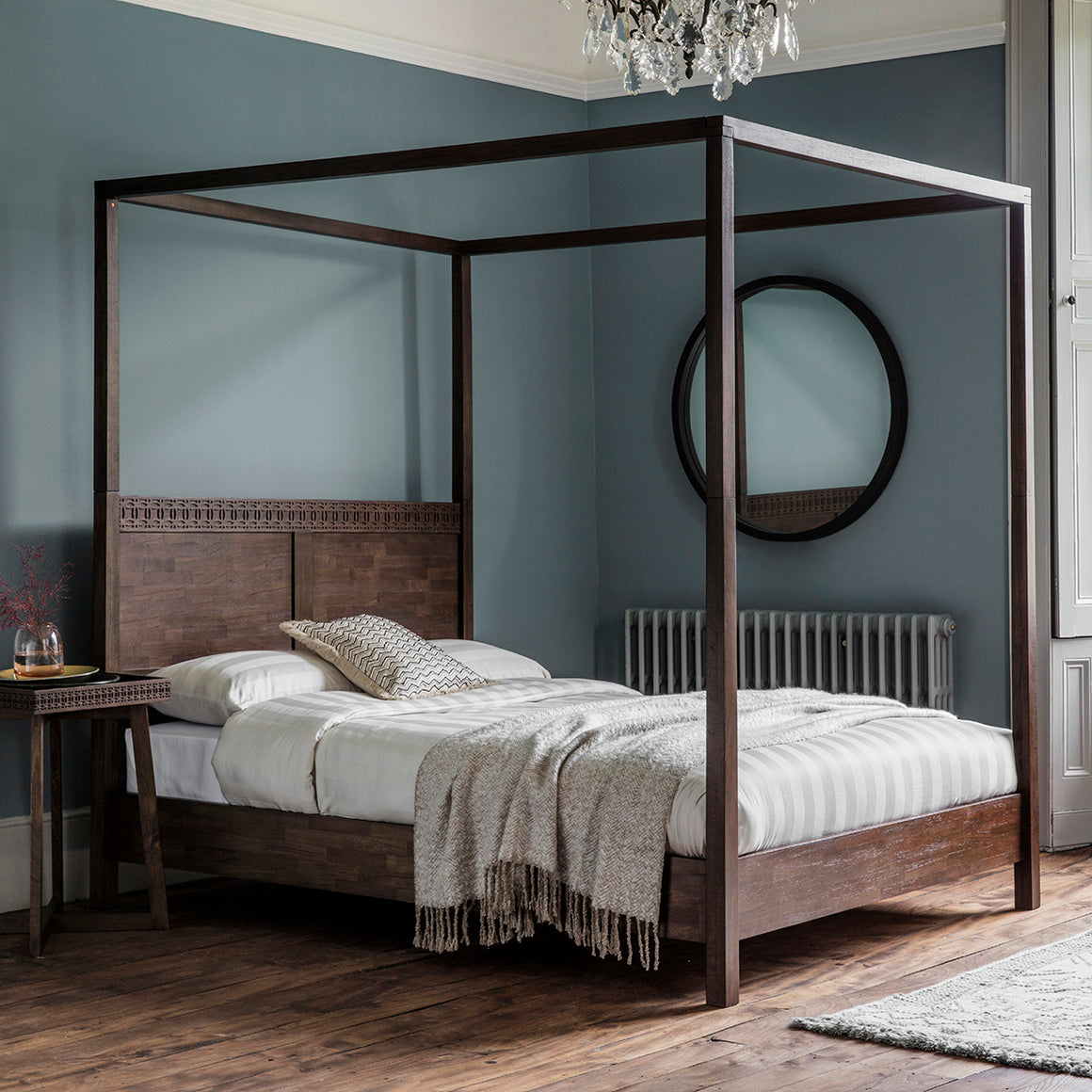
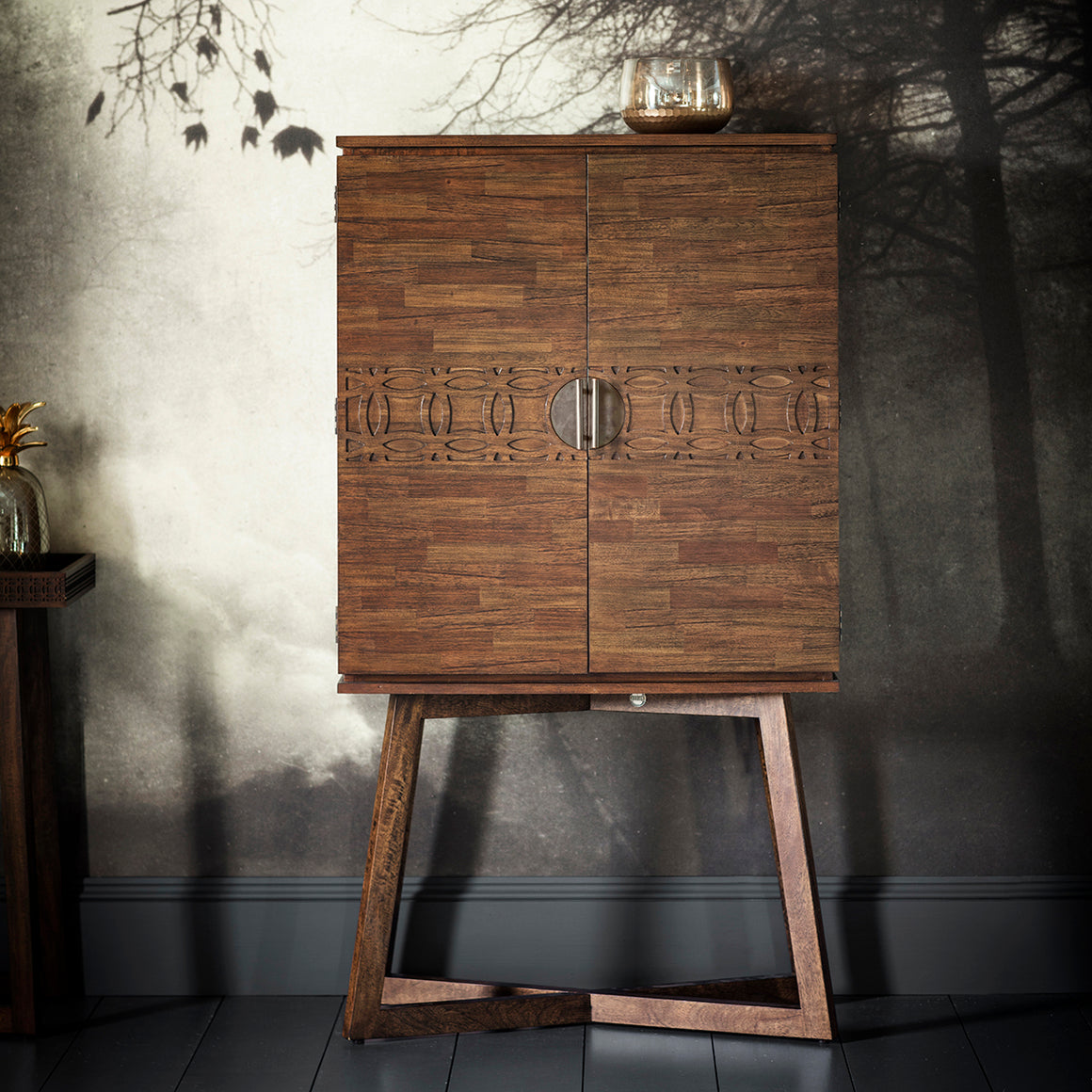
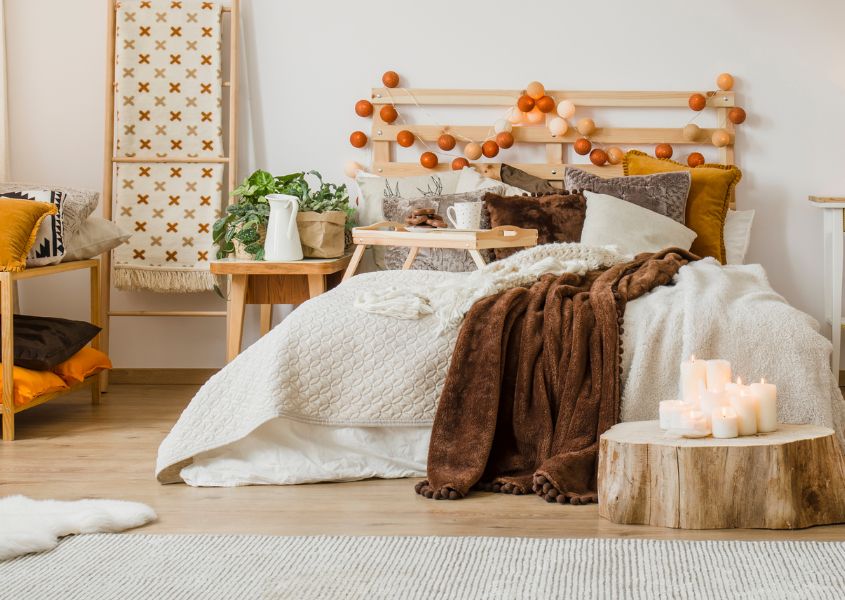
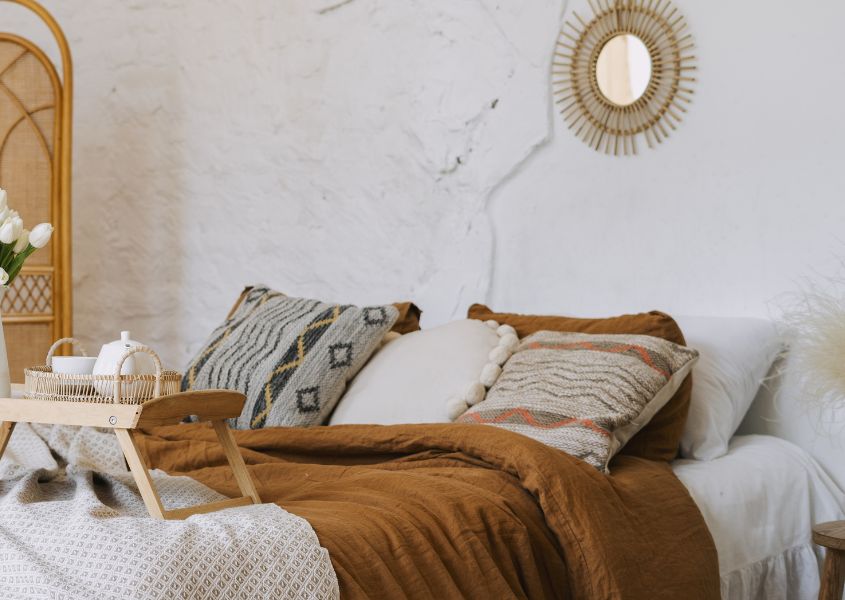
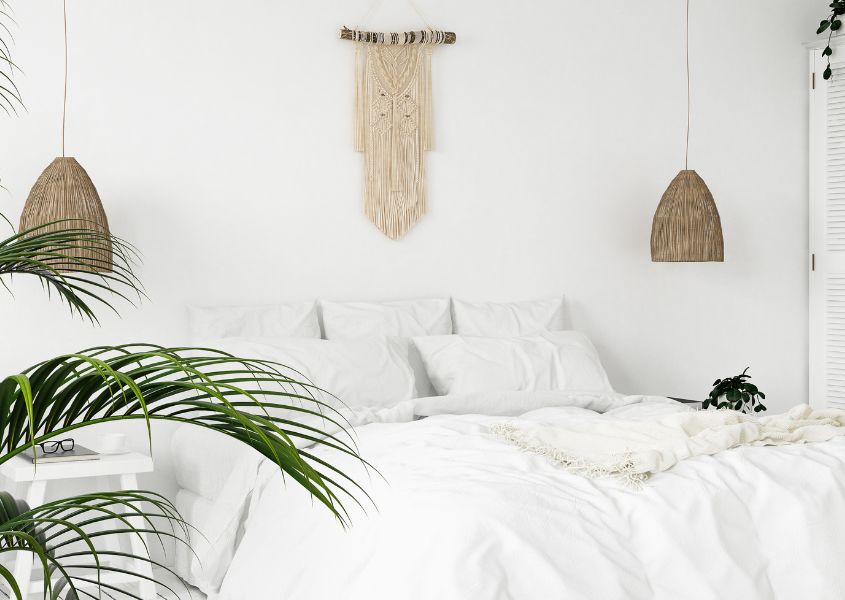
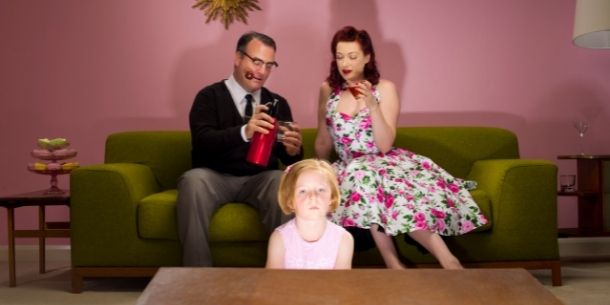
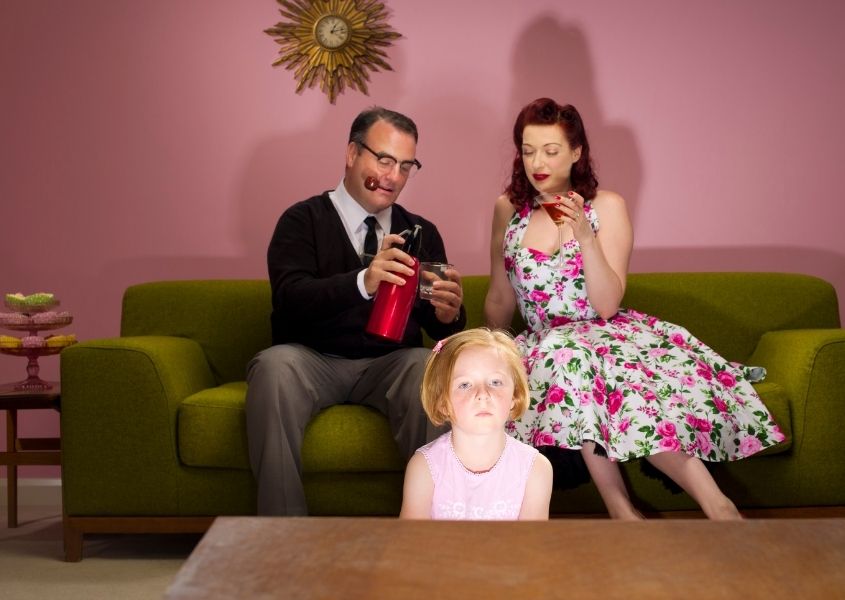
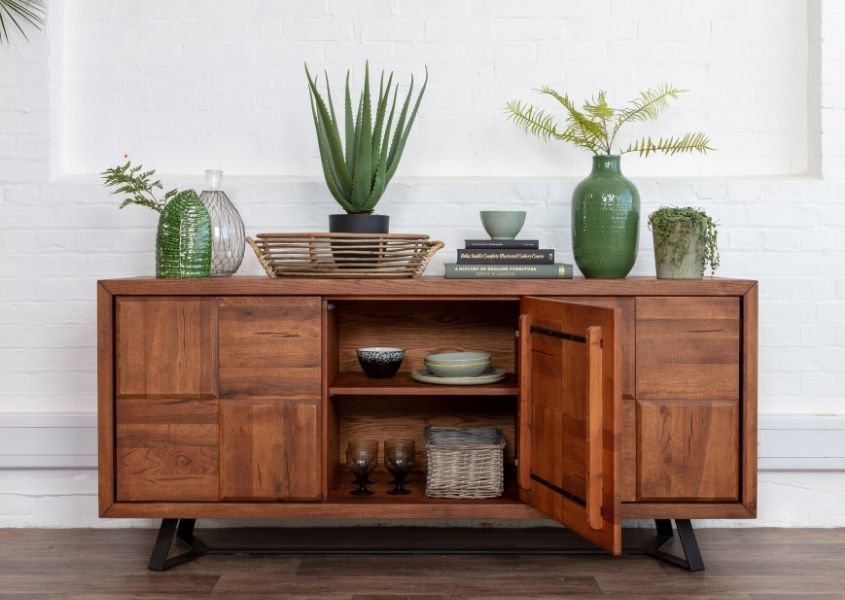
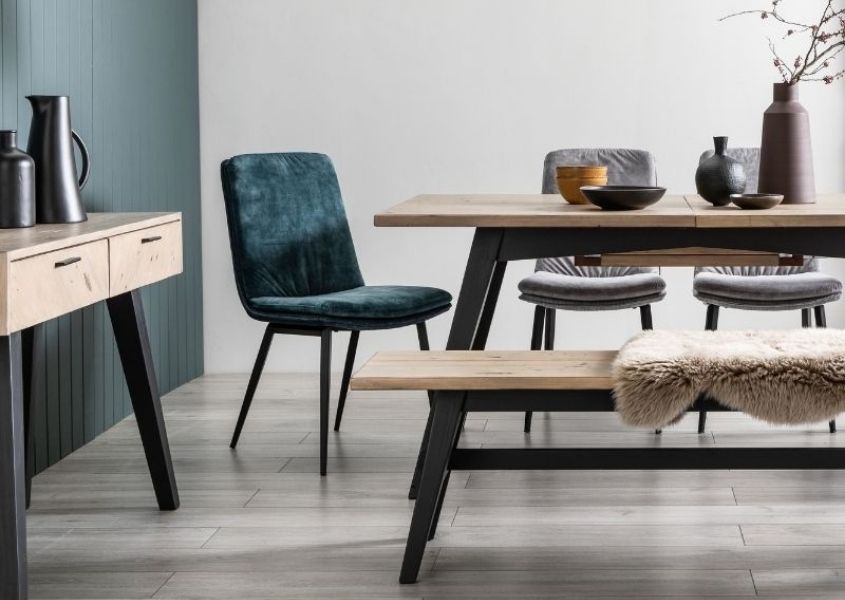
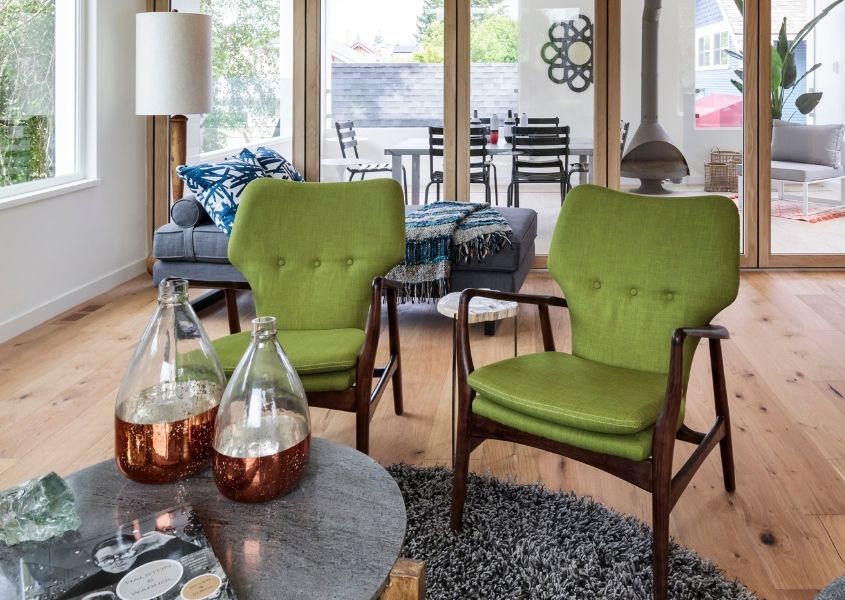
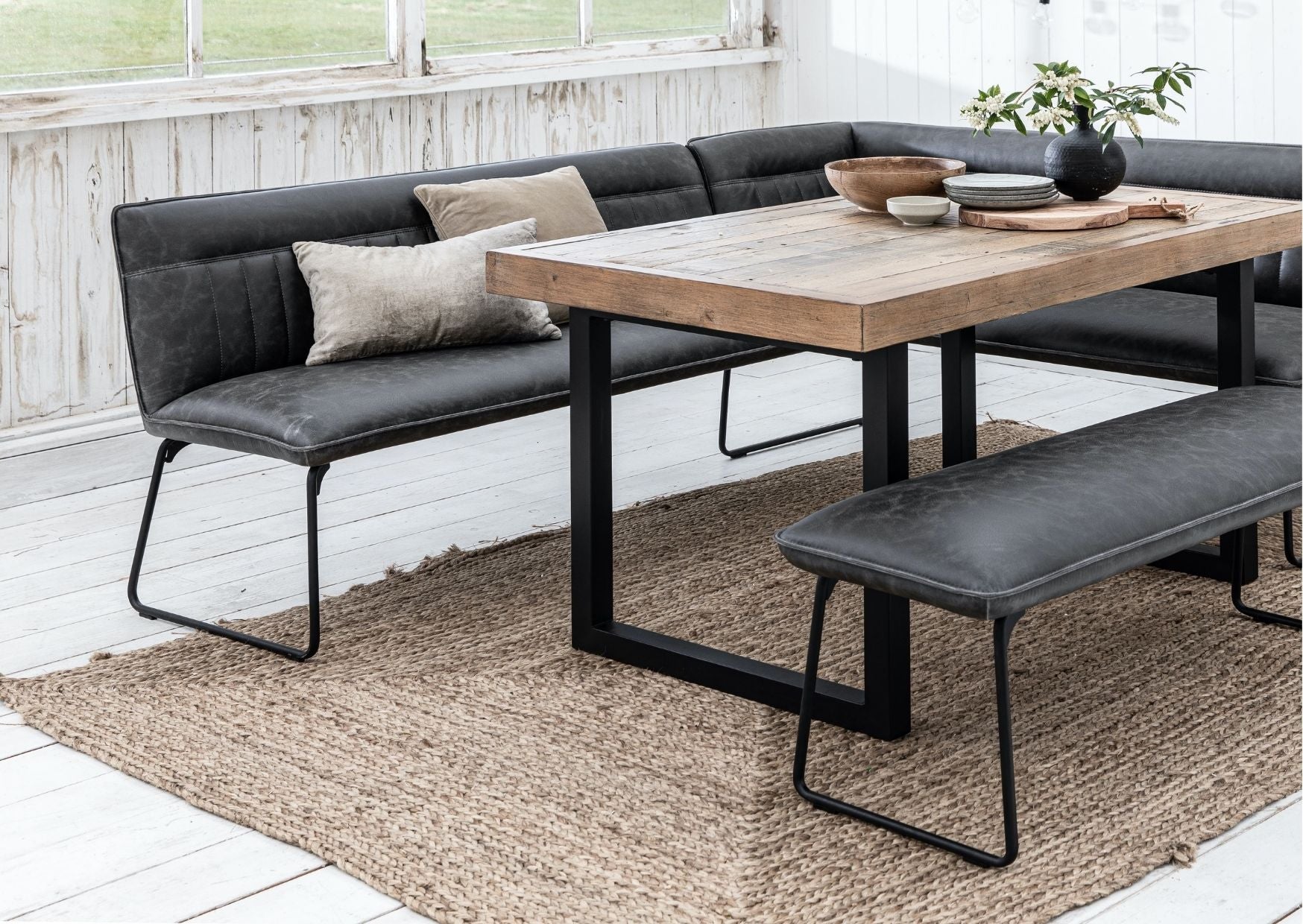
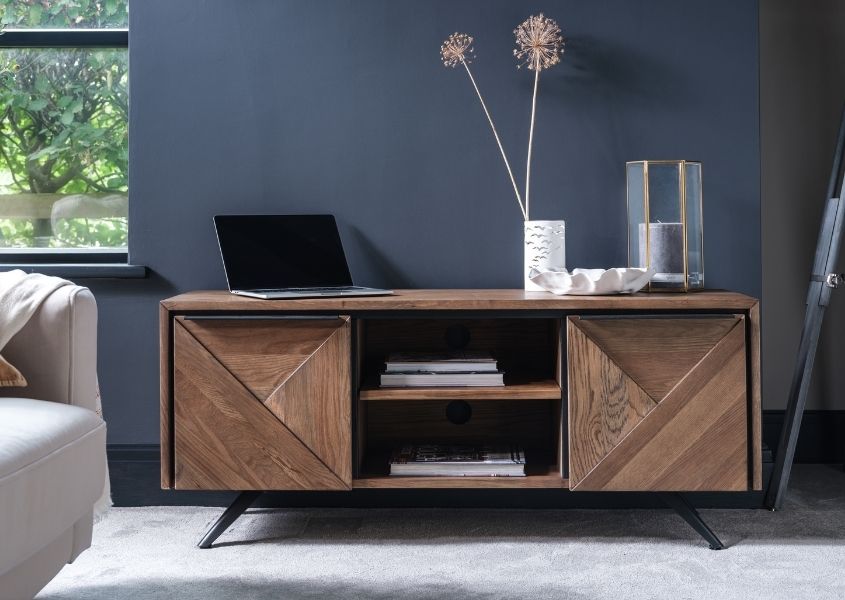
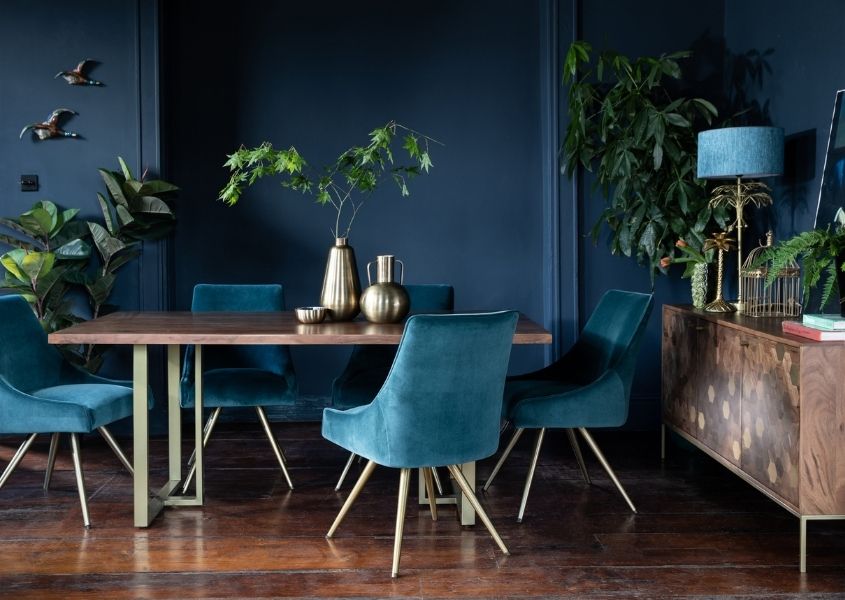
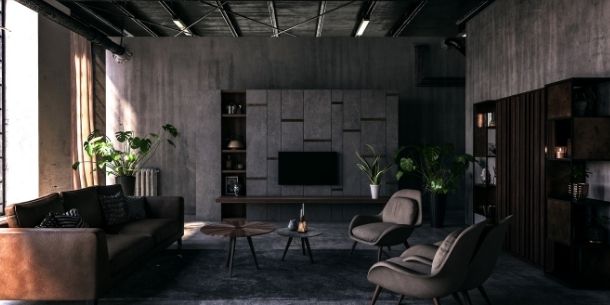

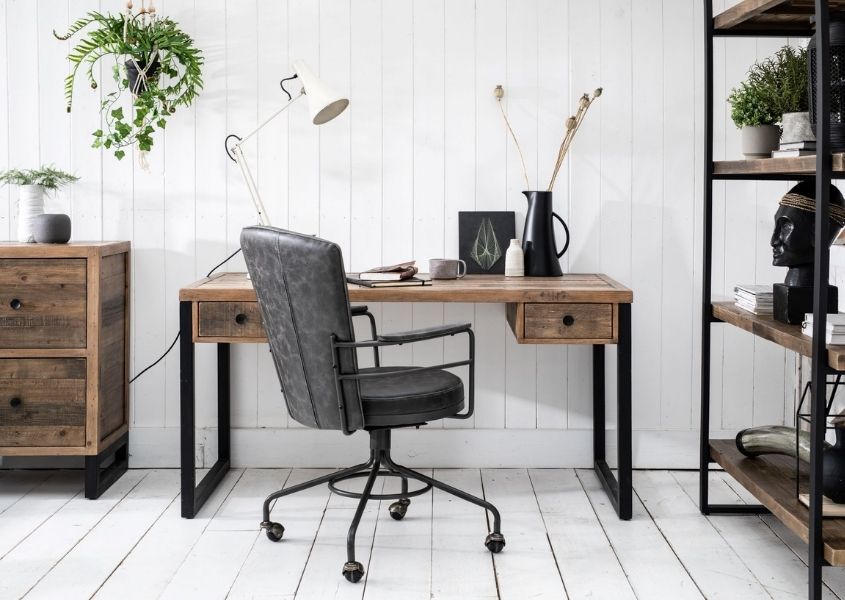
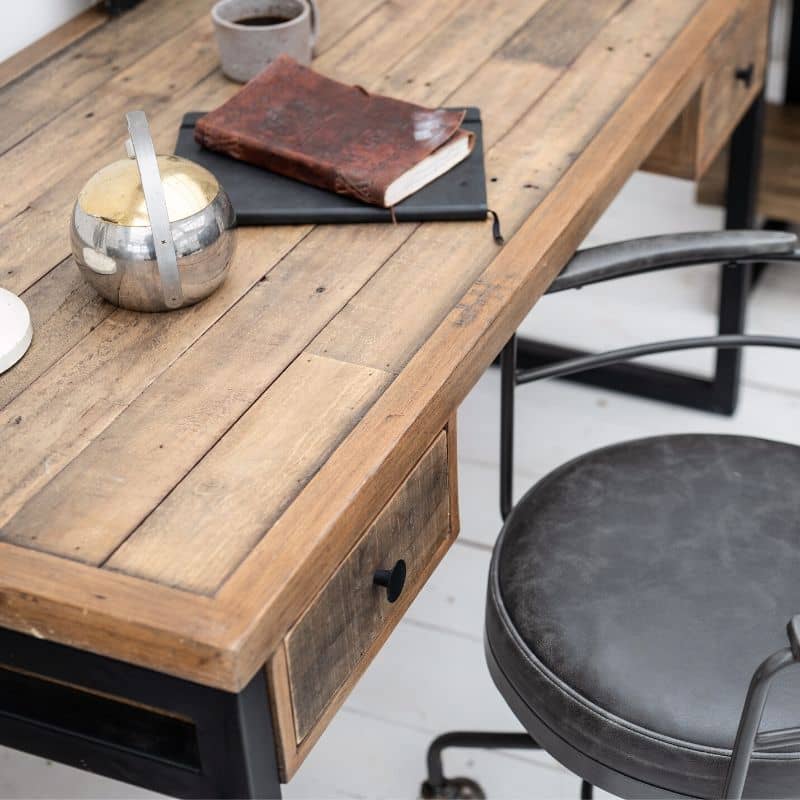
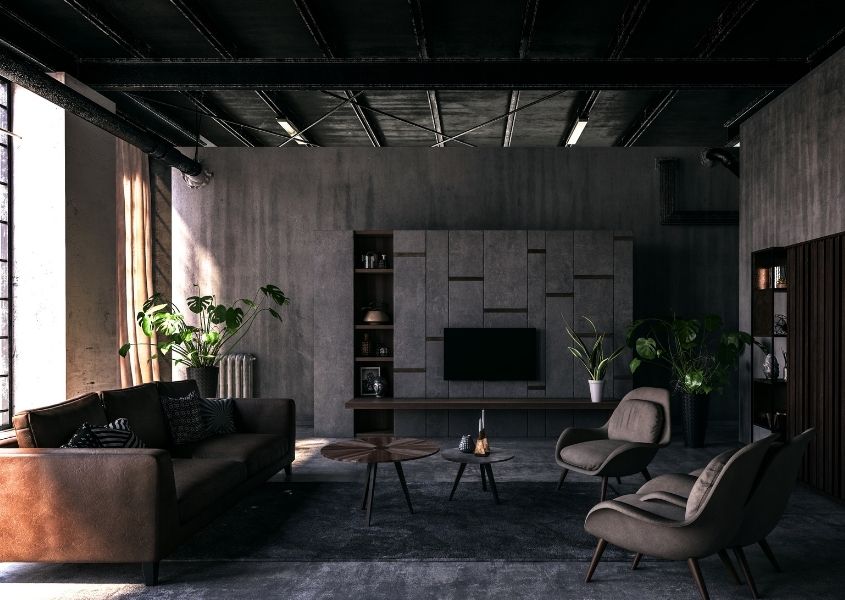
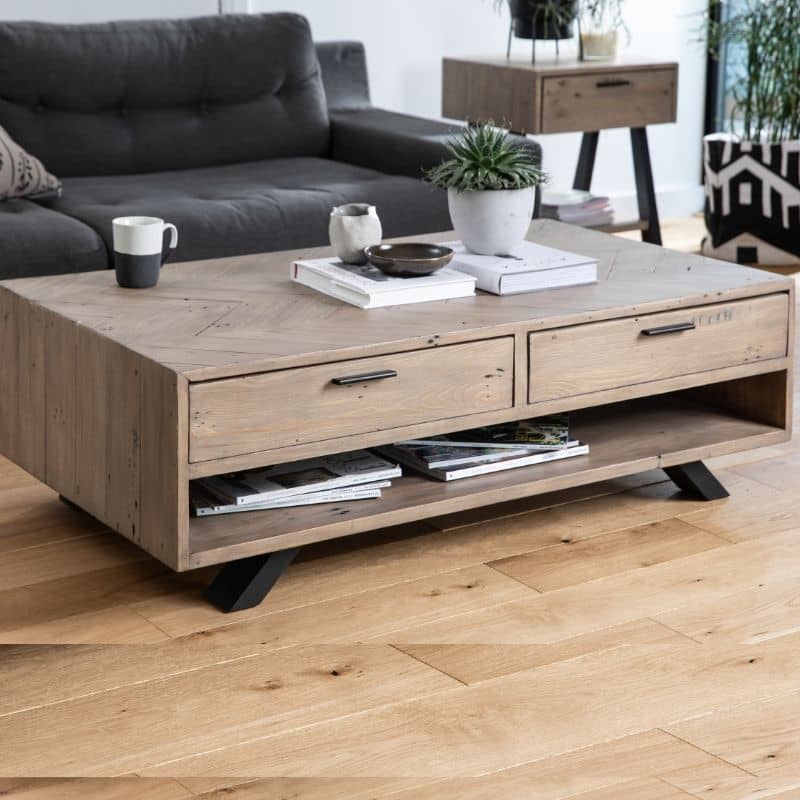
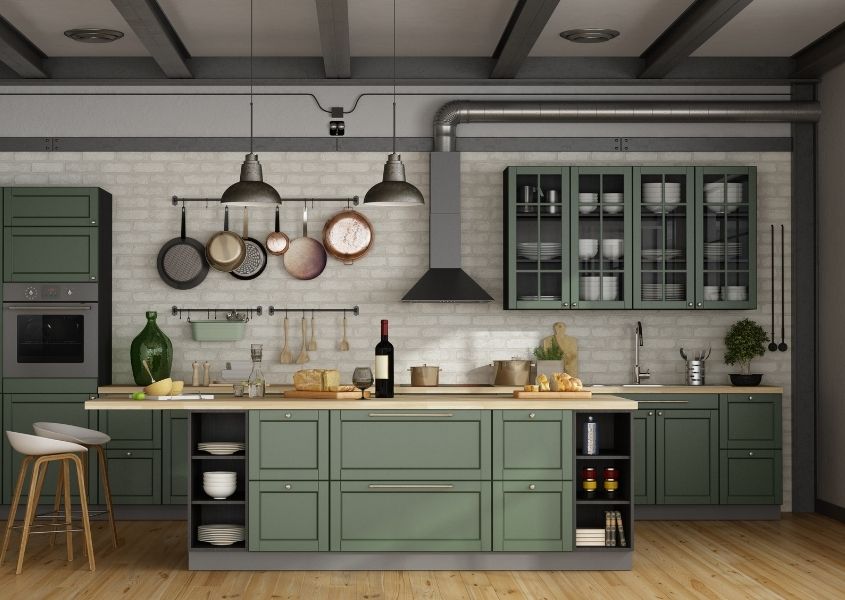
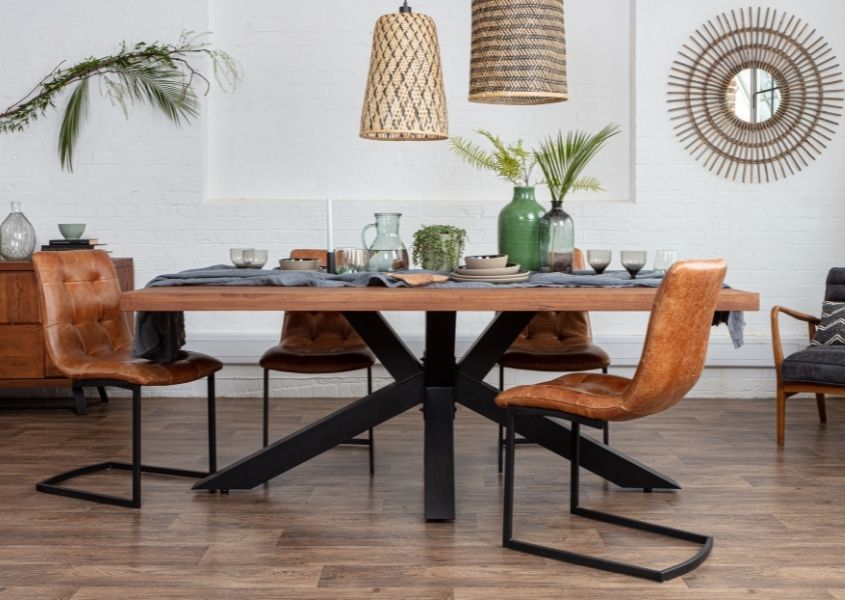
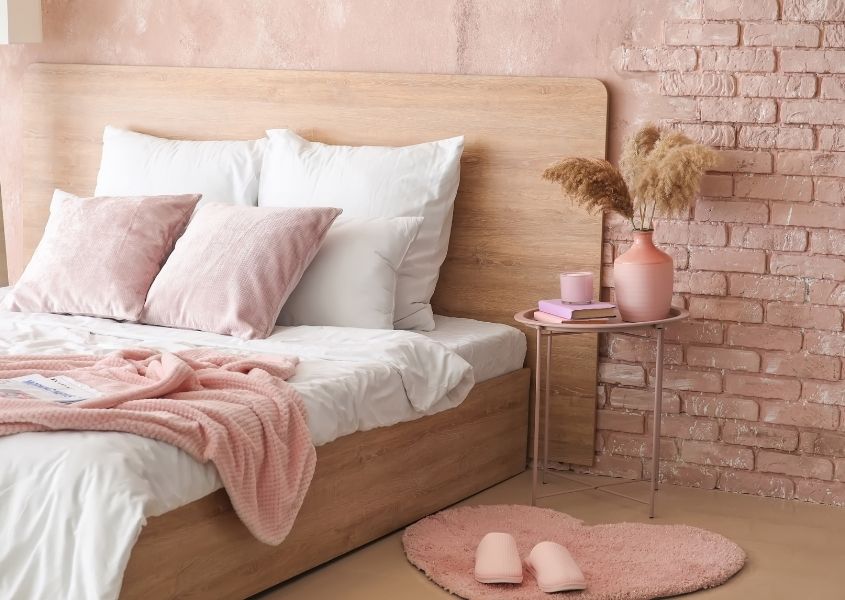
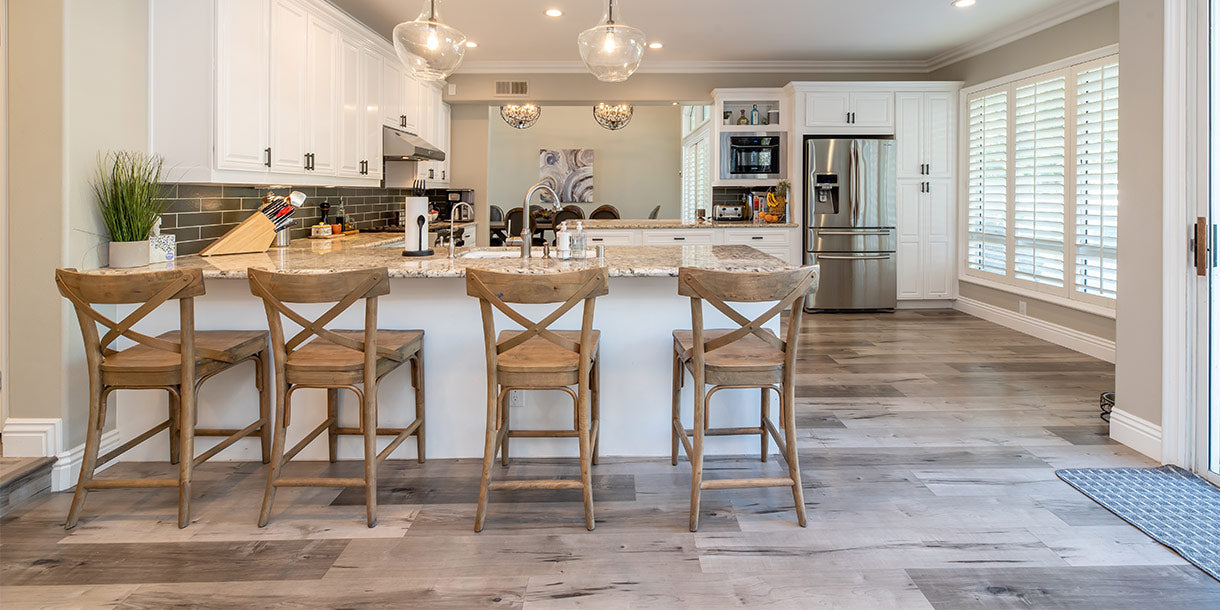
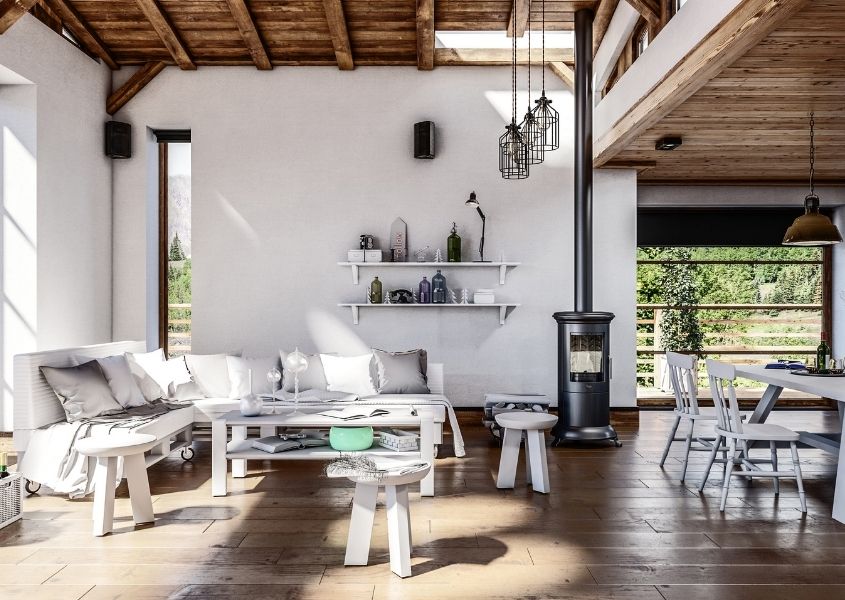
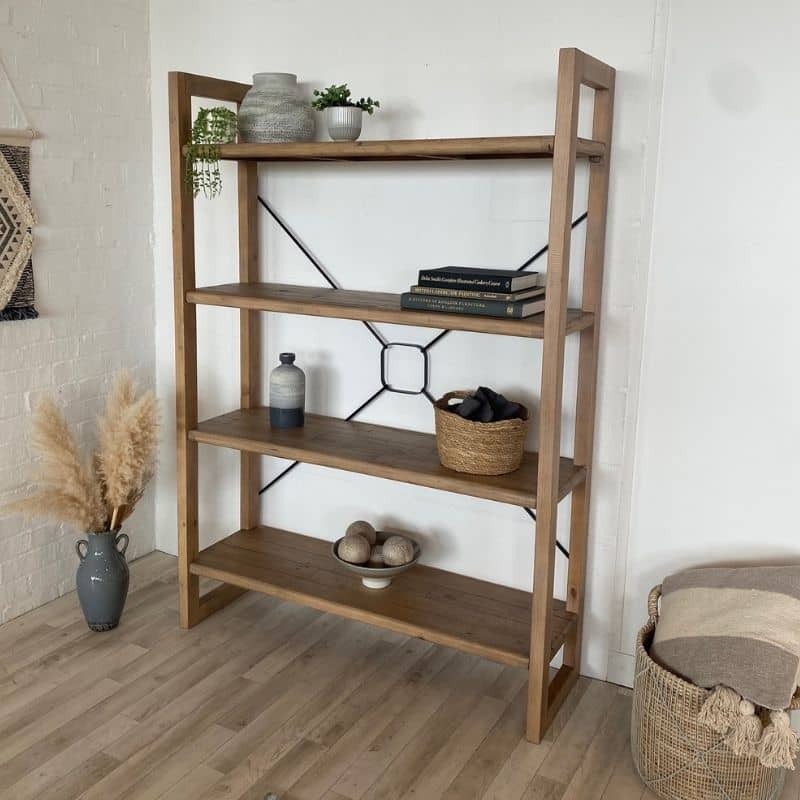
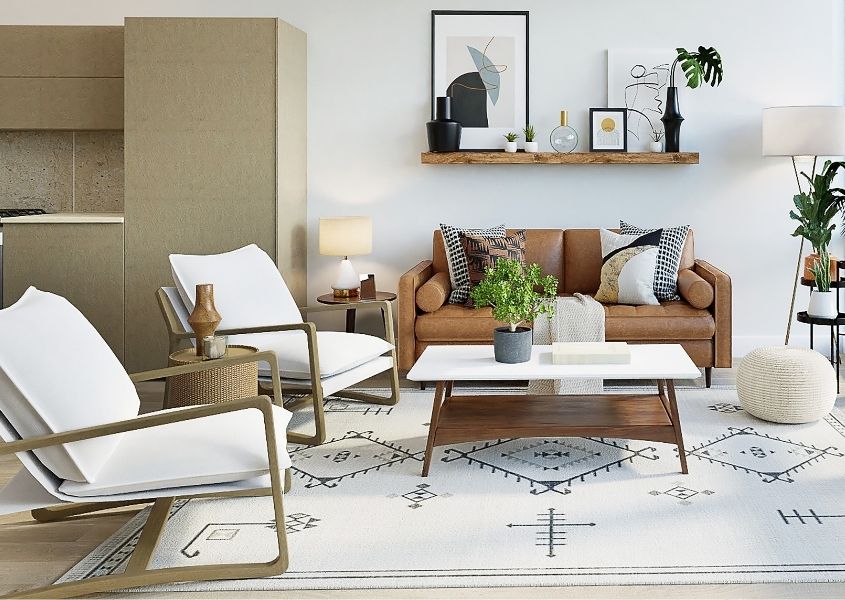
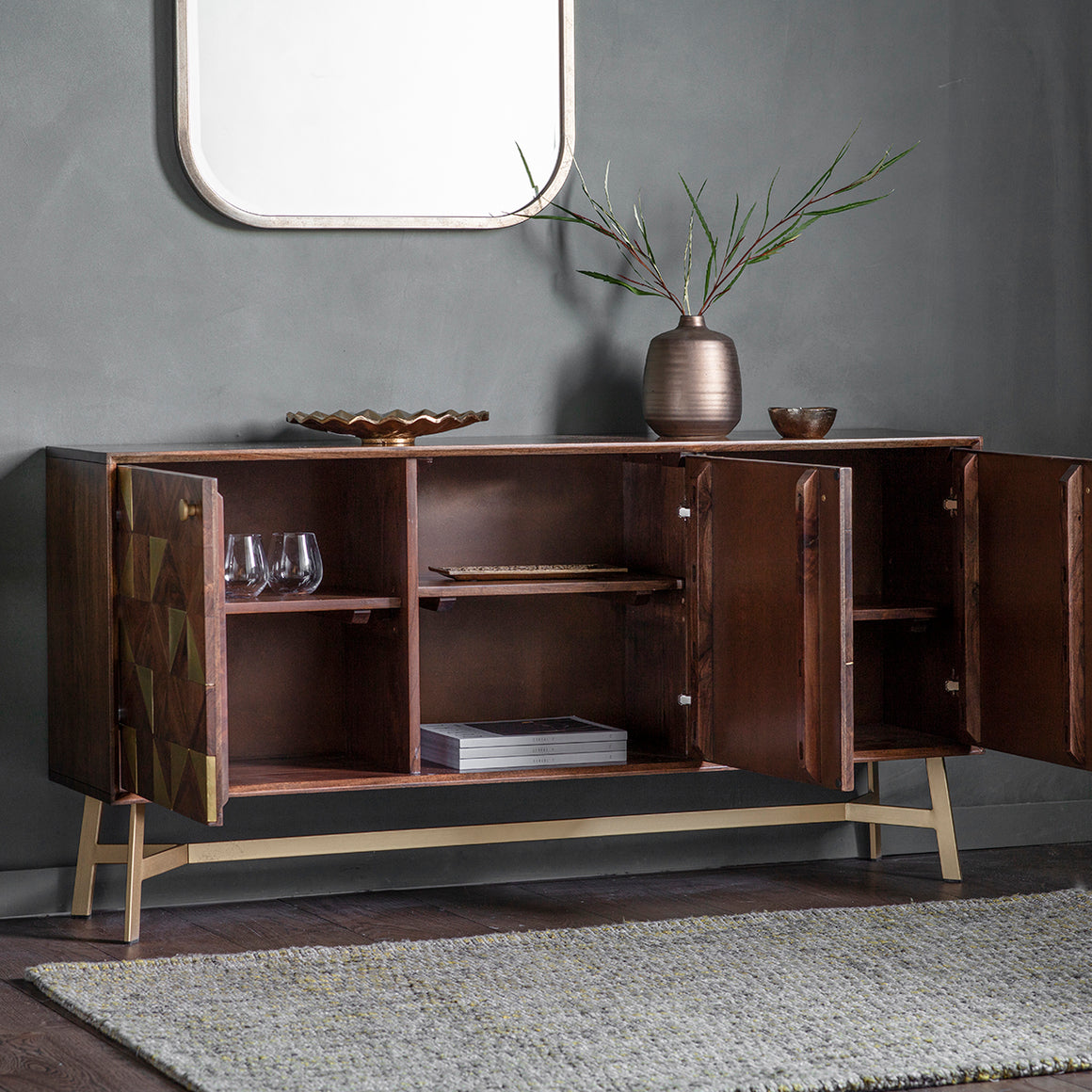
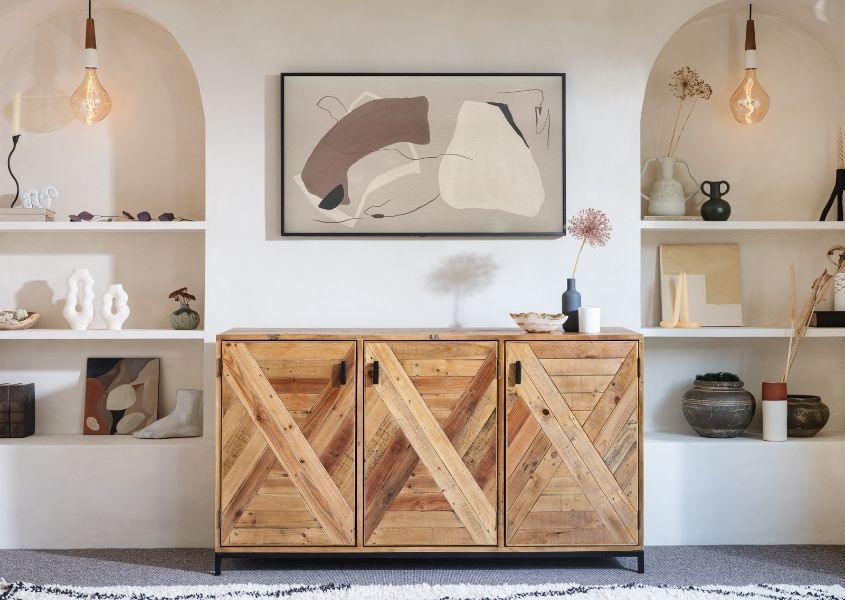
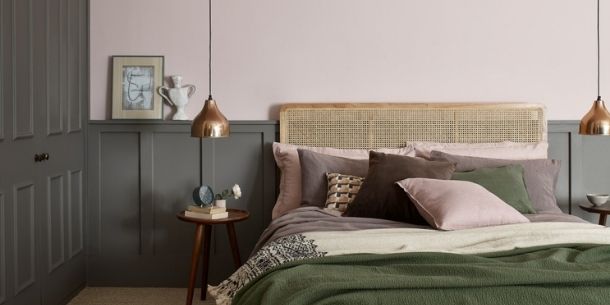
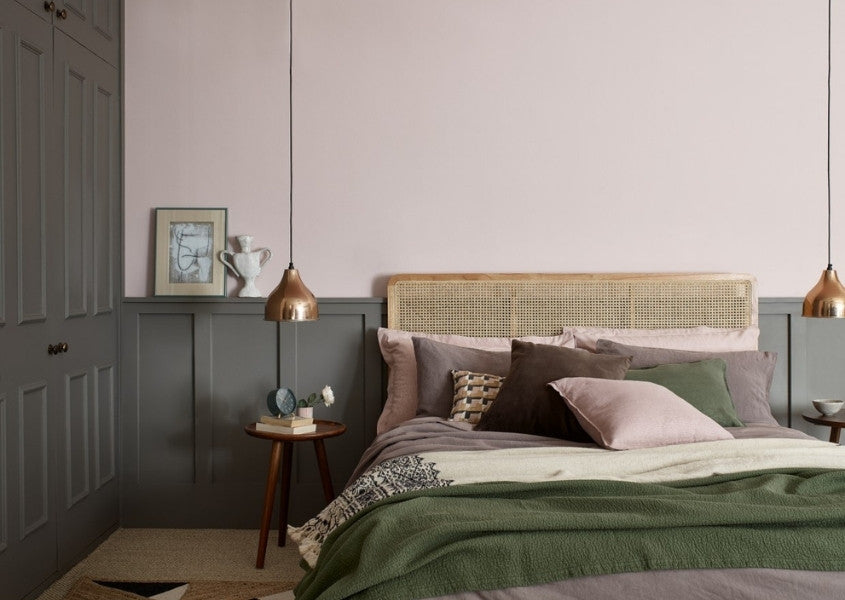 Photo credit: Dulux Heritage
Photo credit: Dulux Heritage